List the season during the following locations/dates
1) Northern Hemisphere - July 1st
2) Southern Hemisphere - July 1st
3) Northern Hemisphere - April 1st
4) Southern Hemisphere - April 1st
1) Summer
2) Winter
3) Spring
4) Fall
Which side of the moon does the light start to appear on after a new moon?
Right side, moving to the left
The eclipse in 2017 was a total _________ eclipse, and the upcoming eclipse on May 15th is a total __________ eclipse
solar
lunar
100
TRUE/FALSE (You must get all correct to get points)
1) T/F: Daylight hours are shorter for the hemisphere that is tilted toward the Sun during the solstice.
2) T/F: When it is summer in the United States, the entire Earth is at its closest position to the Sun.
3) T/F: Most of our solar system's planets also have seasons
1) F
2) F
3) T
TRUE/FALSE (You must get all correct to get points)
1) T/F: The moon is always half dark & half light
2) T/F: The lunar phases are caused by the moon's rotation around its axis
3) T/F: The moon revolves around the Earth, and the Earth rotates around its own axis but also revolves around the sun
1) True
2) False
3) True
TRUE/FALSE (You must get all correct to get points)
1) T/F:
-Draw the sun and Earth so that the Northern hemisphere of Earth would be experiencing summer
-Then Draw another situation where the Northern Hemisphere would be experiencing winter.

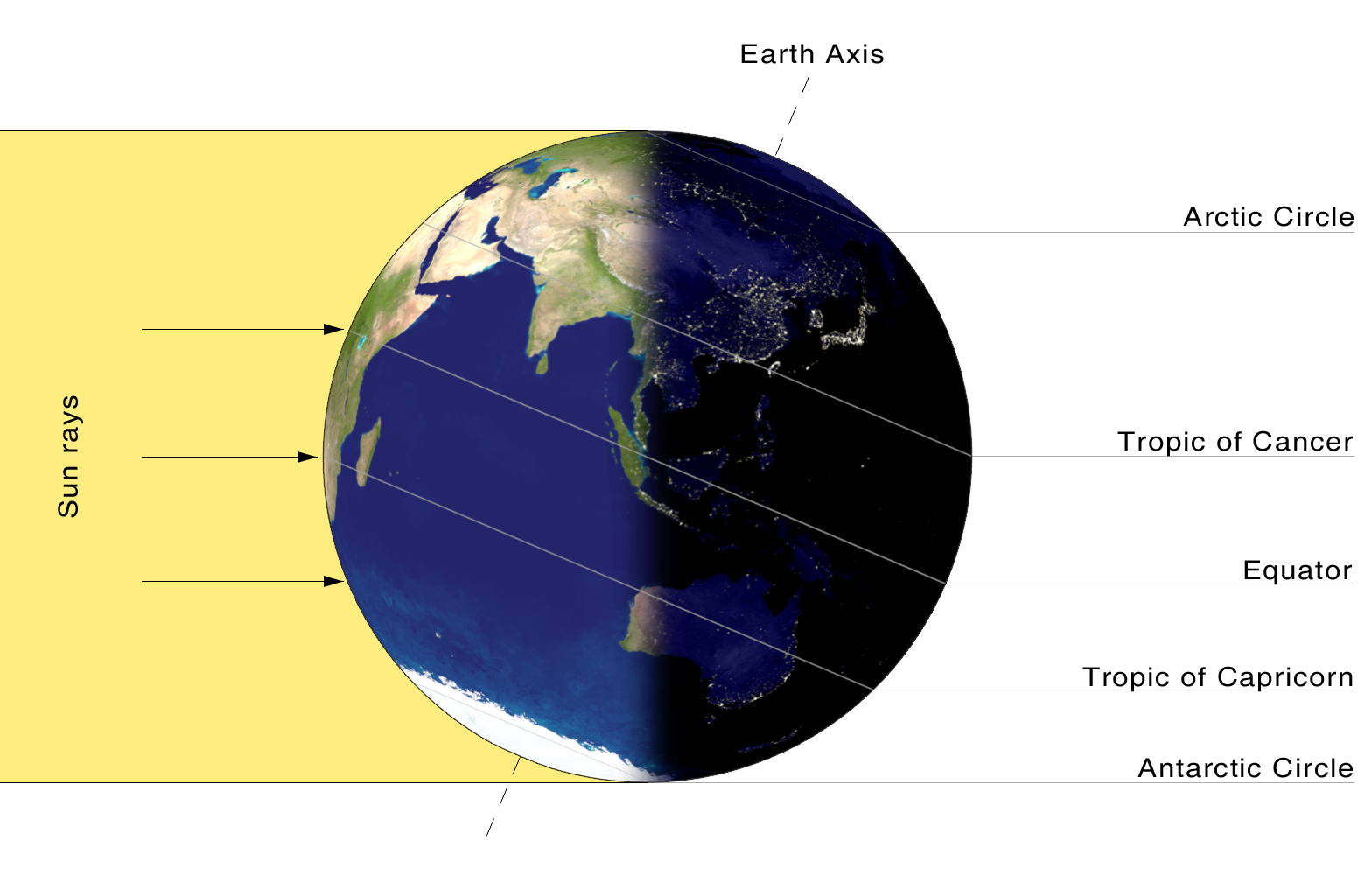
Which phase would we see from Earth when the moon is at position #4 and then at position #7
#4 = Waxing Gibbous
#7 = 3rd Quarter
1) Which moon phase would we see during a solar eclipse?
2) Which moon phase would we see during a lunar eclipse
1) New Moon
2) Full Moon
300
300
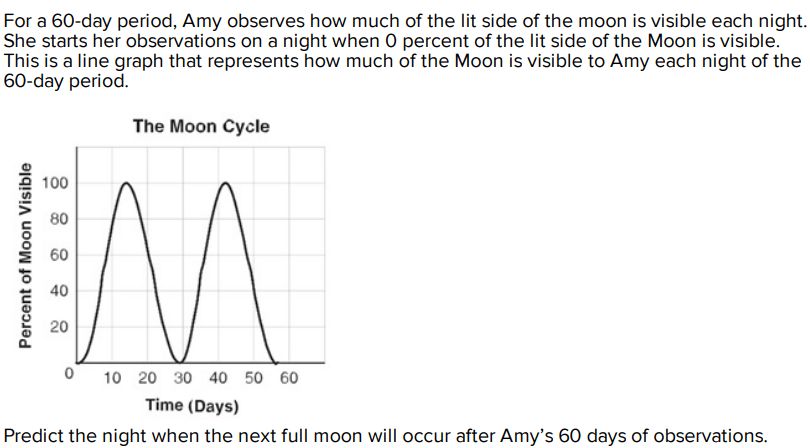
The next full moon will occur at about 70 days [days 69–71 will be accepted], because it is about 14 days after the last new moon (day 56).
Which phase would we see from Earth when the moon is at position #2 and then at position #6
#2 = Waxing Crescent
#6 = Waning Gibbous
- Draw a lunar eclipse model using the following:
Earth
Sun
Moon
Shadow (accurately drawn)
- Draw a solar eclipse model using the following:
Earth
Sun
Moon
Shadow (accurately drawn)
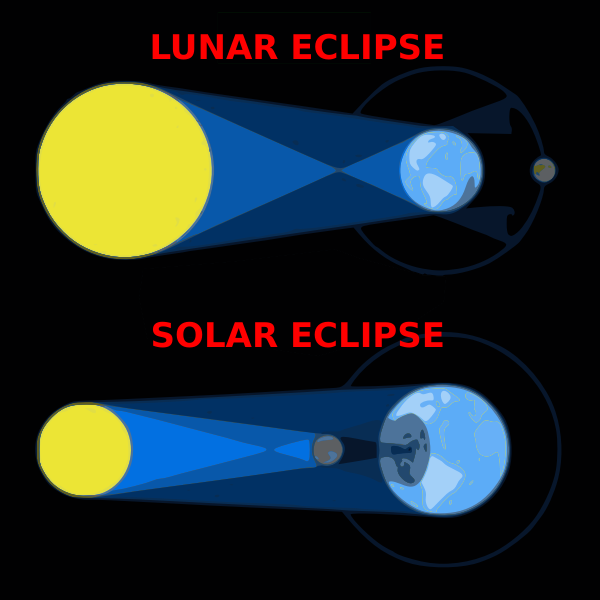
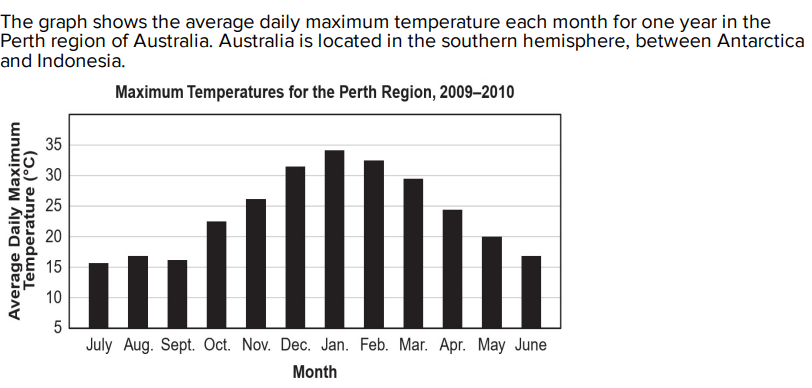
The Perth region has four seasons; each season is three months long. Identify the months of each season in the Perth region
Dec/Jan/Feb - Summer
Mar/Apr/May - Fall
June/July/August - Winter
Sept/Oct/Nov - Spring
Draw and label the 8 lunar phases, IN order, starting with New Moon.

Give the name for the type of Solar eclipse shown for #1-3
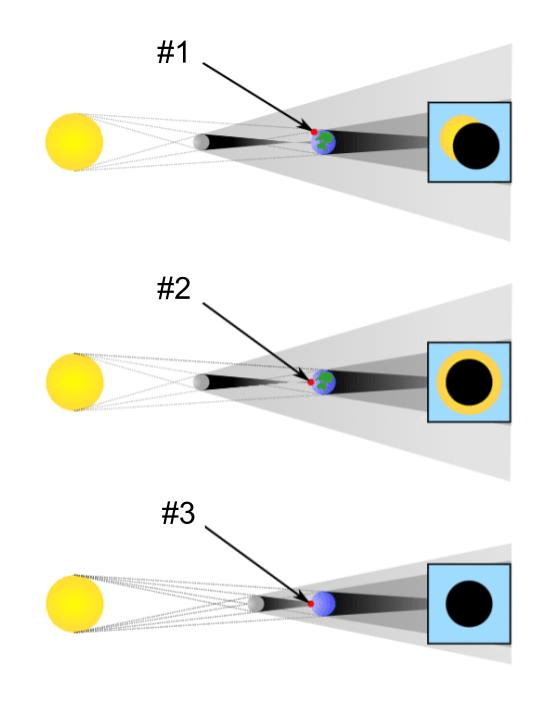
#1 - Partial Eclipse
#2 - Annular Eclipse
#3 - Total
500
500